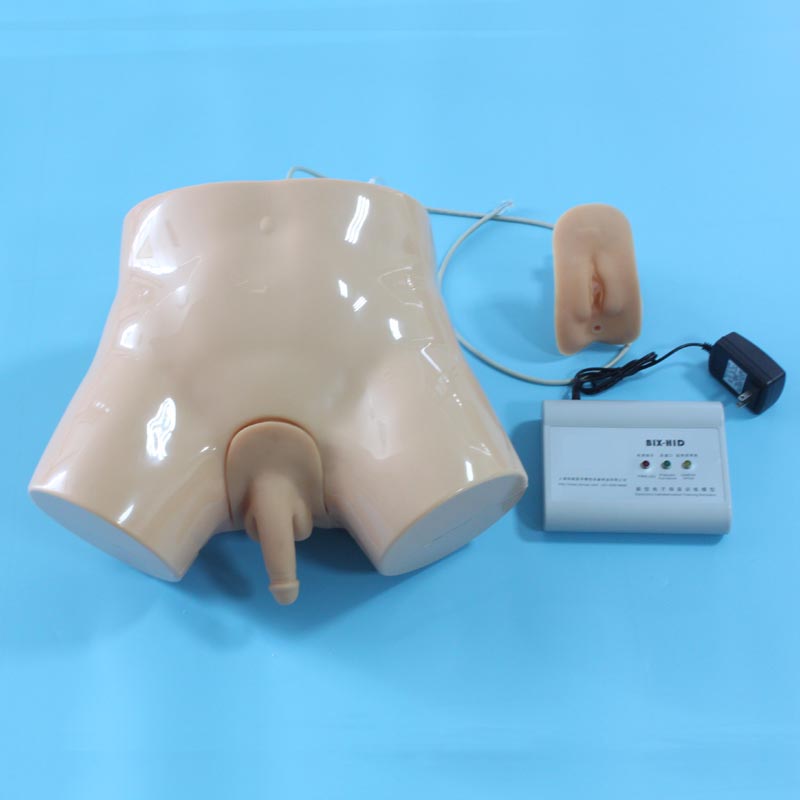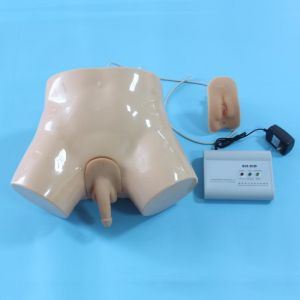In the field of medical education, practical teaching is an important part of improving students' clinical skills. However, traditional practical teaching is often limited by space, time and patient resources, and it is difficult to meet students' needs for full practice. In response to this problem, the electronic catheterization and enema teaching experimental model came into being, which brought revolutionary changes to medical education.
The electronic catheterization and enema teaching experimental model is a highly simulated and fully functional teaching tool. It is made of advanced electronic technology and materials and can simulate real human body structure and physiological reactions, providing students with a close to real operating experience. The model not only has the basic functions of catheterization and enema, but can also simulate various abnormal situations to help students master the ability to deal with complex situations.
Compared with traditional teaching methods, the electronic catheterization and enema teaching experimental model has many advantages. First, it provides a safe, controlled practice environment that avoids the risks that may come with performing procedures on actual patients. Secondly, the model can be used repeatedly and is not limited by time and place. Students can practice it anytime and anywhere to improve the efficiency and effect of practice. In addition, the model can also provide real-time feedback based on students' operations, helping students correct mistakes in time and improve their skill levels.

In practical applications, the electronic catheterization and enema teaching experimental model has achieved remarkable results. Many medical schools and hospitals have introduced this model as an important tool for practical teaching. By using the model for training, students' catheterization and enema skills have been significantly improved, and their operational accuracy and proficiency have also been significantly improved. At the same time, the use of the model also reduces the risk of medical disputes and improves patient satisfaction and trust.
Looking to the future, electronic catheterization and enema teaching experimental models will play a more important role in medical education. With the continuous advancement of medical technology and the continuous innovation of teaching methods, the model will be continuously updated and improved to better meet the needs of medical education. We look forward to seeing more medical schools and hospitals introduce this model to inject new vitality into the development of medical education.
In short, the electronic catheterization and enema teaching experimental model is an innovative teaching tool. It provides a safe, efficient, and controllable practice environment for medical education, and helps improve students' clinical skills and coping abilities. We believe that in the near future, this model will become a shining pearl in the field of medical education and contribute to the cultivation of more outstanding medical talents.

